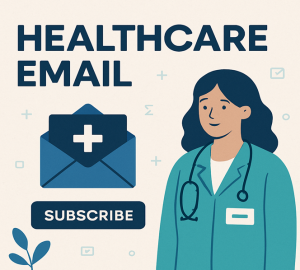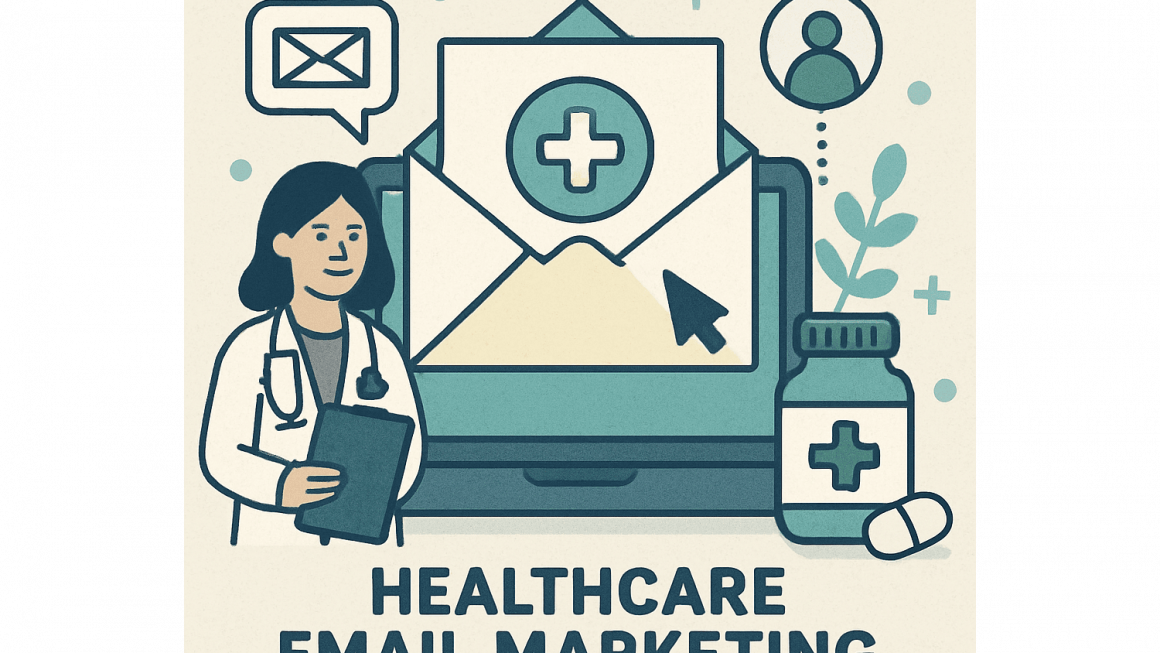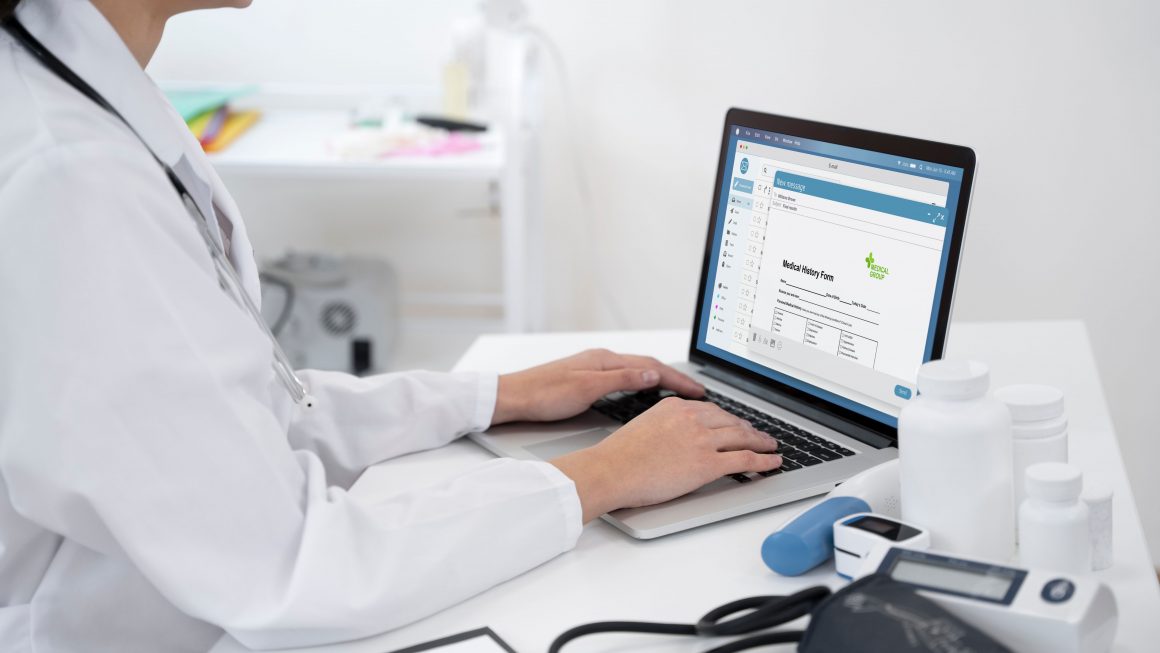Email marketing is a powerful tool for healthcare providers looking to connect with patients and promote their services. By using targeted communication strategies, healthcare organizations can foster patient engagement, improve service delivery, and enhance their overall reputation. In this article, we’ll explore the best practices for healthcare email marketing, focusing on how you can build and maintain a successful email campaign.
Email marketing in healthcare isn’t just about promoting services; it’s about building trust and maintaining relationships with patients. Whether you’re a hospital, a private practice, or a healthcare-focused non-profit, an effective email strategy can help you keep patients informed, satisfied, and engaged. The ability to send timely reminders about appointments or vaccinations can vastly improve patient adherence to care plans, which is crucial for health outcomes.
Moreover, email marketing allows for a cost-effective way to reach a large audience with minimal resources. Unlike traditional advertising, email marketing provides measurable results, such as open and click-through rates, which can be used to refine future campaigns. This data-driven approach not only enhances the efficiency of your communication strategy but also ensures that your messages are relevant to your audience’s needs.
Building a Reliable Healthcare Mailing List
The foundation of any successful email marketing campaign is a robust and well-maintained mailing list. Here’s how you can build one:
- Collect Emails Ethically: Always obtain explicit consent from individuals before adding them to your healthcare email list. Use signup forms on your website, during patient registration, or through community health events. This ensures that your audience has a genuine interest in your services and is more likely to engage with your content.
- Segment Your Audience: Organize your email list based on different criteria such as age, location, medical history, or specific healthcare interests. This will enable you to send personalized content that resonates with each segment. By targeting specific groups with relevant information, you increase the likelihood of engagement and build stronger relationships with your patients.
- Keep It Updated: Regularly cleanse your email list to remove inactive subscribers and incorrect email addresses. This will help you maintain high deliverability rates and ensure your messages reach the right audience. An updated list also minimizes the risk of being flagged as spam, which can damage your organization’s reputation and reduce the effectiveness of your communication efforts.
Crafting Compelling Content

The content of your emails is crucial in keeping your audience engaged. Follow these tips to craft compelling messages:
Personalization and Relevance
- Use Personalization: Address your recipients by their names and tailor the content to fit their needs. Personalized emails are more likely to be opened and read. Studies show that personalized emails improve click-through rates and customer satisfaction, which can lead to higher patient retention rates.
- Provide Valuable Information: Focus on delivering content that offers real value, such as health tips, updates on medical research, or personalized health reminders. Sharing expert insights or exclusive content can position your organization as a thought leader in the healthcare industry, building trust and credibility with your audience.
- Include Clear Calls-to-Action (CTAs): Encourage your readers to take action, whether it’s scheduling an appointment, learning more about a specific health topic, or signing up for a webinar. Clear and concise CTAs guide the recipient towards the next step, enhancing the effectiveness of your email campaign and increasing the likelihood of conversions.
Designing for Clarity and Engagement
- Keep It Simple: Use a clean and professional design. Avoid clutter and ensure your emails are easy to read on both desktop and mobile devices. A well-organized layout helps in conveying your message effectively and maintains the interest of your readers.
- Use Images Wisely: Include relevant images or infographics that enhance your message. However, avoid heavy graphics that may slow down loading times. Visual aids can help in breaking down complex medical information, making it more accessible and understandable for your audience.
- Optimize for Mobile: Ensure your emails are mobile-responsive, as a significant portion of email opens occur on mobile devices. With the increasing use of smartphones, a mobile-friendly design is crucial for maximizing engagement and ensuring that your content is accessible to all recipients, regardless of the device they use.
Complying with Regulations
Healthcare providers must adhere to specific regulations when conducting email marketing. Here are the essential guidelines:
HIPAA Compliance
- Protect Patient Privacy: Avoid including any personal health information in your emails unless the communication is secure and HIPAA-compliant. Ensuring confidentiality builds trust with your patients, reassuring them that their sensitive information is safe with your organization.
- Secure Communication Channels: Use encrypted email services to protect sensitive data and ensure compliance with privacy laws. Implementing secure communication practices not only safeguards patient information but also protects your organization from potential legal issues and fines.
CAN-SPAM Act
- Include Unsubscribe Options: Every email should have a clear and easy-to-find unsubscribe link. Providing this option respects your audience’s preferences and helps maintain a positive relationship, even if they choose to opt-out.
- Use Accurate Sender Information: Ensure that your emails clearly identify your healthcare organization and provide a valid contact address. Transparency in communication fosters trust and credibility with your recipients, encouraging them to engage with your content.
Measuring Success and Making Improvements
To determine the effectiveness of your email marketing efforts, it’s essential to track and analyze key performance metrics:
Key Metrics to Monitor
- Open Rates: Monitor how many recipients open your emails. This can help you assess the effectiveness of your subject lines and timing. Analyzing open rates provides insights into what captures your audience’s attention and can guide future content strategies.
- Click-Through Rates (CTR): Analyze how often recipients click on the links within your emails. A high CTR indicates that your content is engaging and relevant. By understanding which content drives action, you can tailor your messages to better meet the needs of your audience.
- Conversion Rates: Measure the percentage of recipients who take the desired action, such as booking an appointment or downloading a resource. Conversion rates are a direct indicator of your campaign’s success and can highlight areas for improvement in your communication strategy.
Continuous Improvement
- A/B Testing: Experiment with different subject lines, content layouts, and CTAs to see what resonates best with your audience. A/B testing allows you to make data-driven decisions and refine your approach for better results over time.
- Gather Feedback: Use surveys or feedback forms to learn more about your audience’s preferences and improve your email strategy accordingly. Direct feedback from your audience provides valuable insights into their needs and expectations, enabling you to enhance your email marketing effectiveness.
Conclusion
Healthcare email marketing is a dynamic and effective way to communicate with patients and promote your services. By focusing on building a quality mailing list, creating personalized and valuable content, ensuring compliance, and continuously analyzing your results, you can enhance patient engagement and build lasting relationships. Implement these best practices in your email marketing strategy, and watch your healthcare organization thrive in the digital age.
Remember, the key to success is to always prioritize the needs and privacy of your patients while delivering clear, informative, and engaging content. As you refine your email marketing efforts, keep your audience at the forefront and adapt to their evolving needs to maintain a successful and impactful communication strategy.




